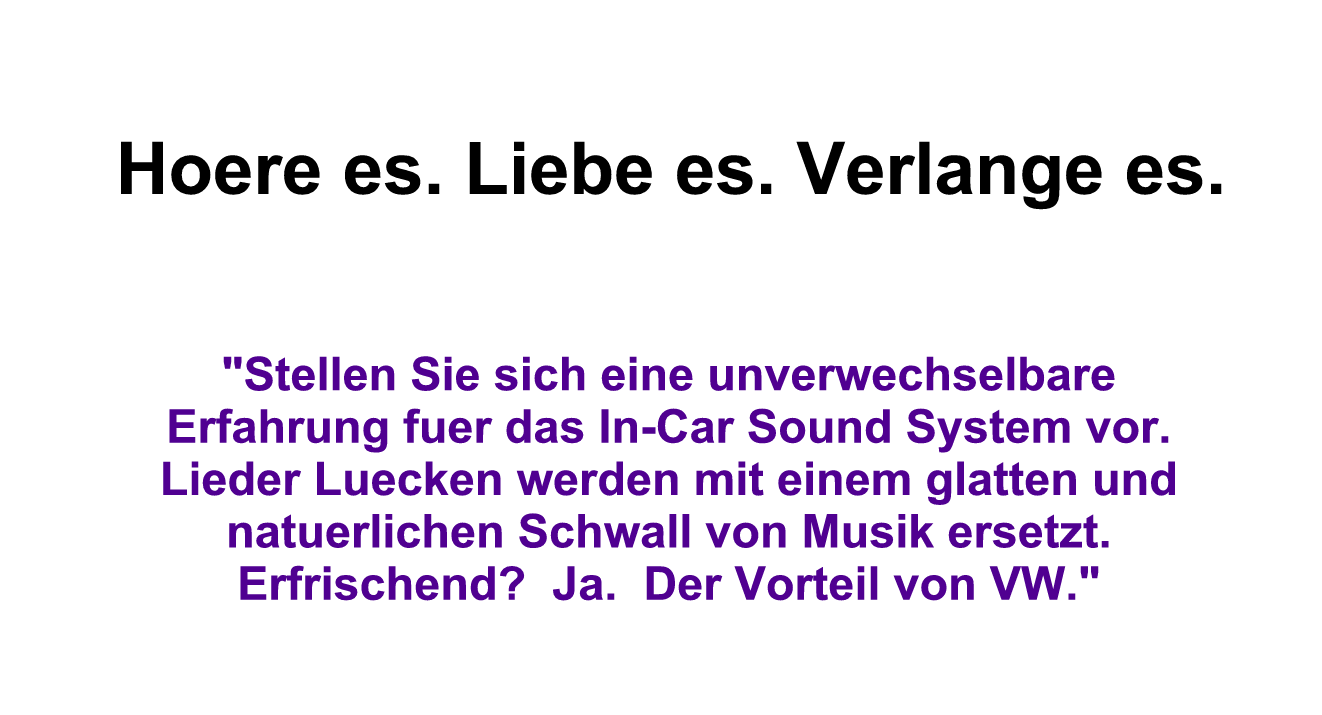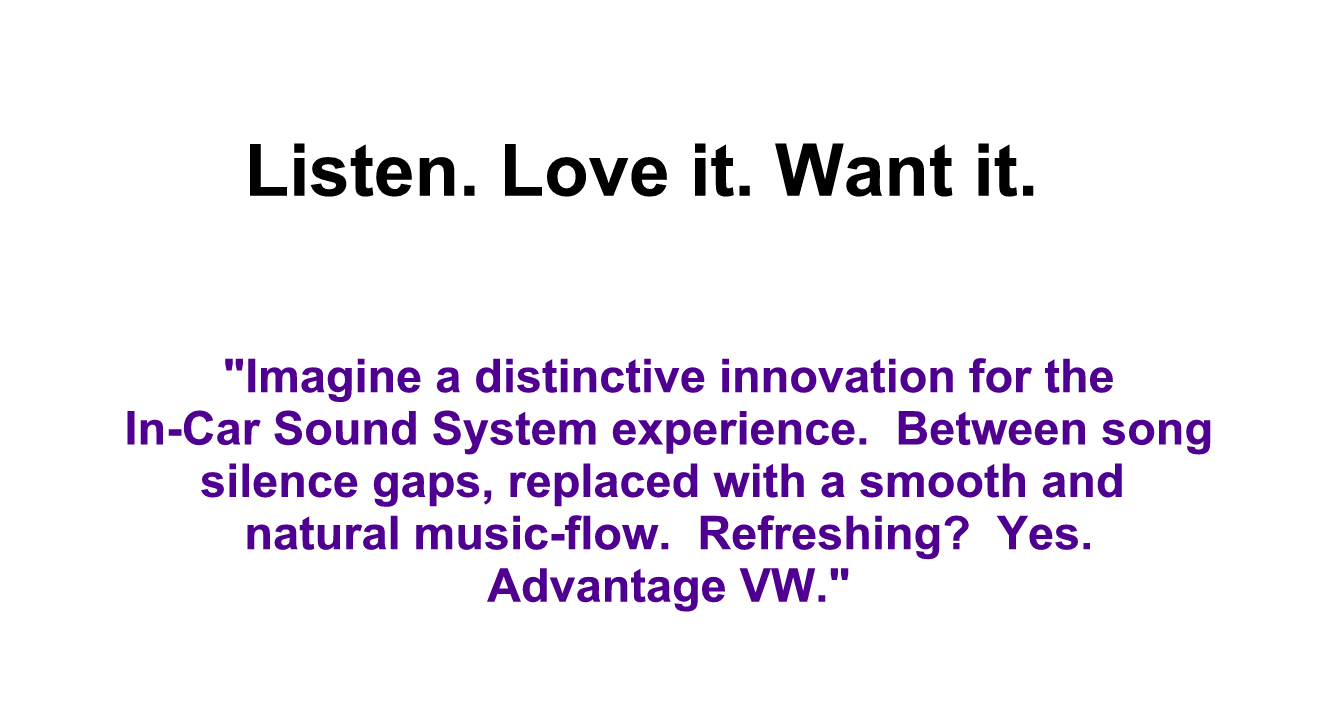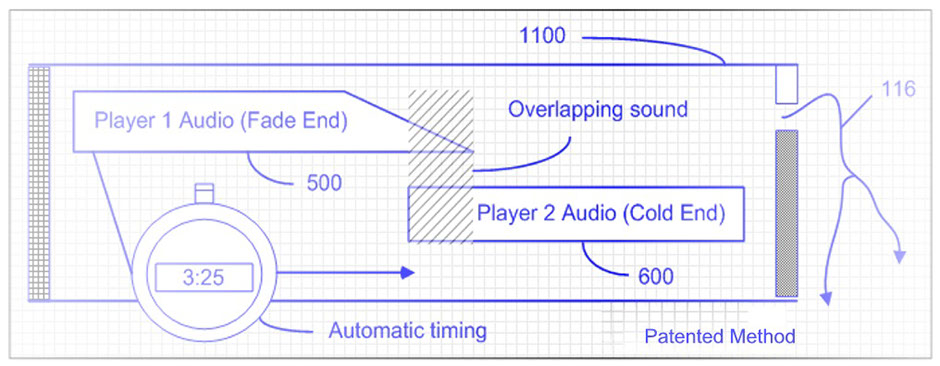Information for
VW




HISTORY: After more than 100 years of technical innovation and refinement, most improvements in the automotive industry tend to be evolutionary in nature—as opposed to revolutionary in nature.
EXAMPLE: Even the emerging reality of a competent robotic driver aid system, while exciting, is more evolutionary than revolutionary. Robotics applies a graduated degree of situational awareness automation, but the driver's seat is still occupied by a person. Robotics can add precision execution capabilities to difficult maneuvering challenges like parallel parking, and robotics can make certain repetitive aspects of driving less tedious. And to be sure, these are value-added practical improvements.

Soon, for a price, the passenger car can be outfitted with an evolutionary level of operational control similar to auto-pilot systems deployed in aircraft for decades. And every major automotive manufacturer is likely fine-tuning their robotics technology. This means that advancements in robotics, while useful, are not unique to any one company.
QUESTIONS: So, in the category of automotive feature-sets, subcategory cabin amenities, subcategory audio systems:
1 -- Is it possible for VW to engineer an appealing evolutionary innovation—an innovation which its competitors can't duplicate overnight? Yes, because my company's patented music-flow control technology (U.S. 9,286,942) can be adapted to enhance the In-Car Audio experience—in hardware, or in system software.
2 -- Would a distinctive advantage in the category of sound presentation give VW marketing teams something to promote? YES. And more to the point...
3 -- Would the promise of a more appealing IN-CAR AUDIO experience help VW dealers bring potential customers into the showroom? That's a question best answered by VW and its competitors.

The Challenge
Most In-Car Audio systems present sequenced song selections in one of two less than optimized states: with disruptive SILENCE GAPS between songs, or with simulated CROSS FADE blending that produces undesirable results.
For song-to-song audio presentations, all known devices present streamed or sequentially played songs as isolated audio events, one song at a time with a 5 to 8 second SILENCE GAP between each song.

In-Car Audio
Even worse, some leading vendors offer automatic music transitions implemented with so-called ‘cross fade’ effects. This technique typically presents Song A with a premature FADE OUT, followed by Song B with an undesirable FADE IN.

Web-Streamers
Watch a short video comparing automatic Codentity Transition Technology vs. Pandora streaming transitions.
Is it possible to innovate, to jump ahead of the pack? Yes. Read the Solution.
The Solution
My company, Codentity® LLC, has patented a system and method for AUTOMATICALLY eliminating the serial SILENCE GAP, and replacing it with smooth, natural, overlapped transitions—AUTOMATICALLY, and in real-time without user actions or file preparations. Or, for songs that end abruptly, Codentity Transition Technology tightly adjoins the start of Song B with the end of Song A—just like a real DJ would.


Patented Codentity Transition Technology (CTT) produces a more appealing listener experience because it is less disruptive, and it presents the music the way both terrestrial and satellite radio do—most importantly, the way the recording artist intended and the way the user expects to hear their favorite music.
The VW Benefit
If a much-improved listener experience were offered with VW cars, a distinctive feature advantage could be claimed by the marketing team. After 100 years of refinement in the auto industry, most improvements now tend to be evolutionary, not revolutionary.
And since even evolutionary enhancements can drive sales interest, this more appealing music-flow feature might bring more lookers into company showrooms, and thereby translate into increased sales.
Licensing
Codentity Transition Technology (CTT) is a system and method of automatically refining sequential song-to-song transitions on digital playback devices. CTT eliminates the technical problems heard in almost all other automatic music mixing solutions. For a fee, patented (U.S. 9,286,942) Codentity Transition Technology can be licensed and adapted to create a more natural music-flow experience across a diverse set of digital presentation platforms including:
- Mobile devices (such as smartphones, tablets and in-car audio players)
- Streamed Web-music services (like Spotify®, Pandora®, and many others)
- On-Demand Voice-Command streams (such as interactive services from Amazon®)
- Enterprise music servers (whether satellite or Intranet originated)
- Mobile DJ software (replacing unsatisfactory ‘cross fade’ methods)
License agreements are offered at three levels:
- Platform License (Articulated as single platform or multi-platform)
- Developer Assets Package (Sample source code, programming object maps, step-by-step process execution templates, etc.)
- Developer Consultation Services (Process assistance adapting technology to proprietary music-flow networks)
MORE ANSWERS: A condensed technical explanation is offered below. I invite interested parties who wish to learn more to contact me directly at 630-487-0934 -- or -- thp8929@gmail.com.
—Tom Hayes, Managing Partner Codentity® LLC
How VW Can Benefit from Licensing Codentity Transition Technology
©2023 CODENTITY LLC